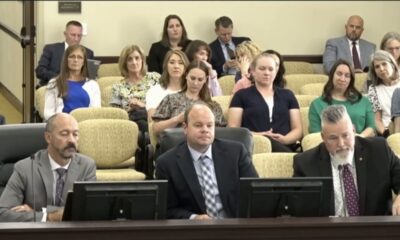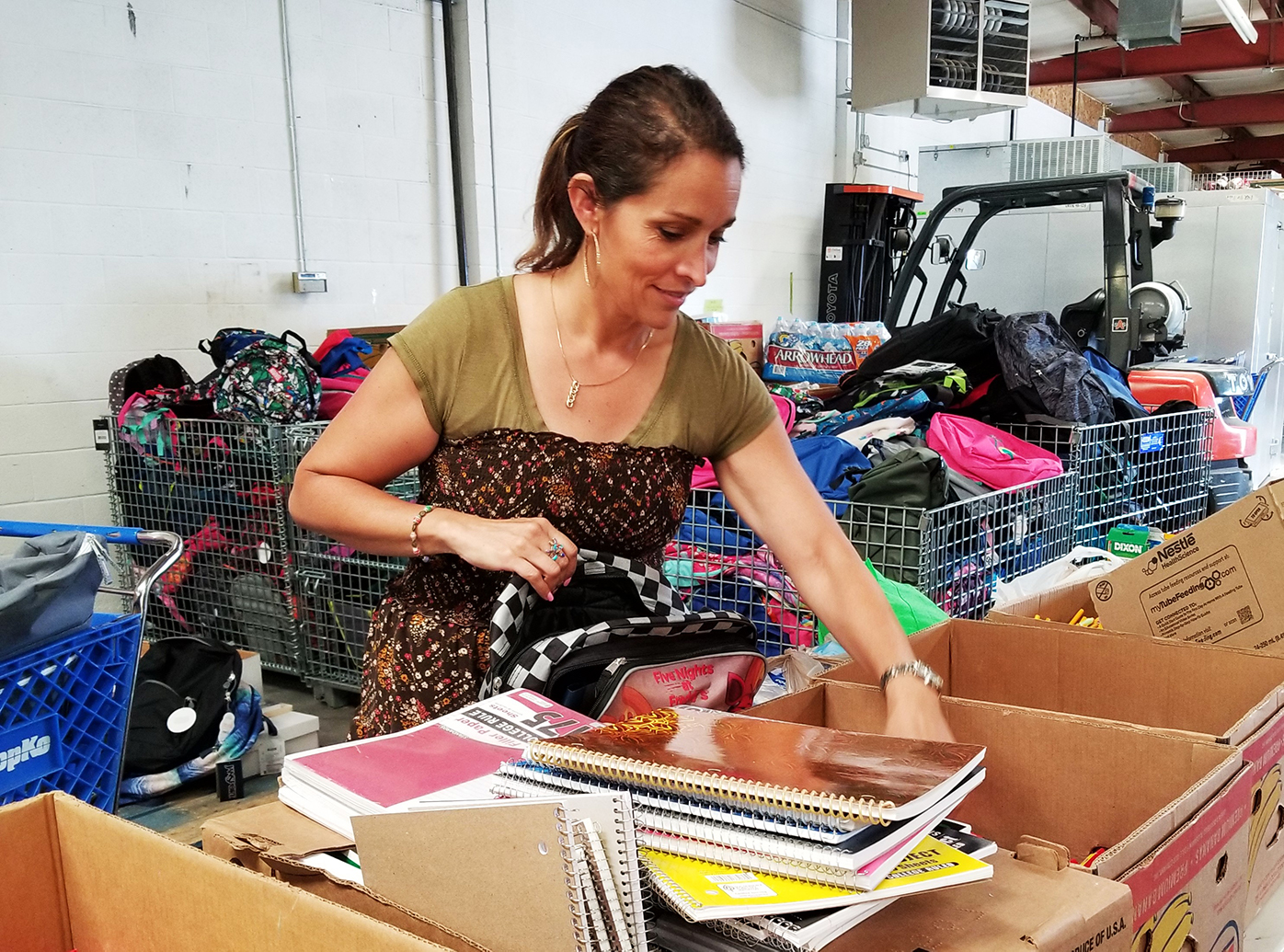Connect with us
Published
7 years agoon

Utah has 3.3 million acres of school trust land. These are lands granted at statehood to generate funds for public benefit, including for Utah education. Parents, administrators, and teachers work together on local School Community Councils to determine how to spend those thousands of dollars that each K-12 school receives from the annual interest accrued.
Deena Loyola, Information Officer for the Utah Trust Lands Administration explained that there are four main parts to the School Children’s Trust:
Most states have trust lands funds to spend on public education, but Utah is unique in using School Community Councils (SCC) in every school to figure out the greatest academic need at each individual school and how to use the School LAND Trust Funds to improve education. The amount of money each school gets depends on the number of students, but even small schools get tens of thousands of dollars. School Community Councils must comply with rules and procedures set up by SITFO, including having at least two more parent/guardian volunteer members with children attending the school than staff members on the council. Before the council spends any money, the SCC must have a two-thirds majority vote on the funded item. The school principal always serves as a voting member of the SCC. The SCC meetings are open to the public and meeting agendas are posted on the school website a week in advance.
Ballots for various School Community Councils will be posted on school websites and often at school open houses. “I wish every parent knew that they can have an informed voice in their child’s education,” said Paula Plant, School Children’s Trust Director for the Utah State Board of Education. “The School Community Councils are driven by parent input and we want them to be involved!” The first distribution of School LANDS Trust Funds 18 years ago was $5 million. In 2018, the distribution was $74 million – about $113 per student in Utah public schools.
“Our goal, first and foremost, is to meet the greatest academic need at the school,” said Christen Felt, Chair of the Willowcreek Middle School SCC. “That need is determined by the end-of-year testing. The data we get from those tests shows us where we are ranked in the district for English, Science and Math.” One of the responsibilities of the SCC is to create a School Improvement Plan – that approved plan for Willowcreek Middle School in the coming year, for example, includes improving proficiency levels in Language Arts for each grade level and to focus on responsiveness, by reducing the number of overall failing grades by 2%.
Willowcreek Middle School used their School LAND Trust Funds to pay for academic coaching like the Ron Clark Academy, a math lab aide, transportation costs for late buses, and a teacher collaboration grant, among other items. “We are doing well in math, we know our math lab aide is working, so we determined as a council to maintain that,” explained Felt. “Principal Aaron Barth has a very different responsibility on the School Community Council than I have. We figure out where the problem is, and he has to solve the problem.”
Most schools use their School LAND Trust Funds to buy technology, and to pay for teacher aides. Every year SITLA sponsors a Photo Challenge, asking all K-12 schools to submit a photo showing how they use their funds. The winners get an additional $1000. Last year Northpoint Elementary in Lehi was one of the three winners of the Photo Challenge for their Kindergarten reading program. Cottonwood Elementary in Emery County School District, another winner, used their Trust Land Funds to hire math and reading aides for struggling students and to support a Reading Theater, which helps students with fluency and self-confidence. The Con Amore School in Duchesne School District, a school for students with moderate to severe disabilities, won the challenge by using their funds to rent an aquatic facility for students to participate in adaptive physical education services known to help increase positive academic outcomes in all areas.
“I love being able to participate in my children’s school and education in such a meaningful way – especially in junior high and high school when parent involvement gets more difficult,” said Christen Felt of participating in the SCC for Willowcreek Middle School. “It’s really changed my perspective. I’ve seen how hard our educators and administrators work to benefit every student.”



Lehi Heritage Day celebration a “roaring” success


ASD slammed by Utah legislative committee for school closure process; board and superintendent subpoenaed for questioning


Local food pantry enlists neighbors in battle against hunger


Candidates for Lehi City Council Discuss Positions at Debate


Restaurant review: Padeli’s Street Greek brings sensational Greek flavors to Lehi


LHS rebuild: What’s for lunch?


City Council approves revised Dixon Mink Farm, Ivory project


Skyridge Softball wins against Timp and Enterprise, Loses to Springville


ASD Accent on Excellence awards presented


Run for Your Mom 5K Saturday
